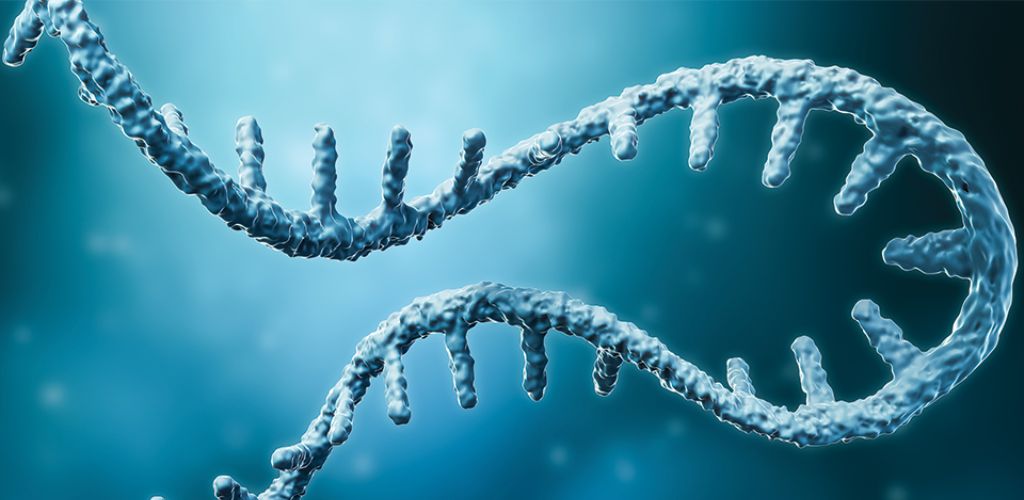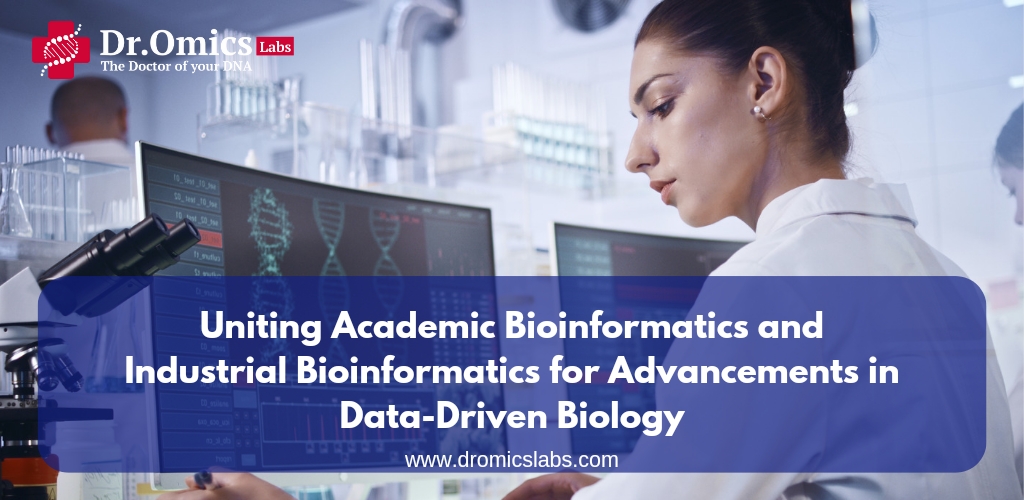Transcriptomics is the study of the complete set of RNA transcripts produced by a cell, tissue, or organism under specific conditions. Transcriptomics can help us understand the molecular mechanisms of gene regulation, cellular differentiation, development, and disease. However, traditional methods of transcriptomics, such as microarrays, have limitations in terms of accuracy, sensitivity, and specificity. RNA-Seq is a novel technique that overcomes these limitations and offers many advantages for transcriptomics.
What is RNA-Seq?
RNA-Seq is a technique that uses NGS to sequence the RNA molecules in a sample. NGS is a high-throughput technology that can generate millions of short DNA sequences, or reads, in a single run. By sequencing the RNA, RNA-Seq can capture the dynamic and complex nature of the transcriptome, which reflects the activity and state of the cell.
How does RNA-Seq work?
The general workflow of RNA-Seq involves the following steps:
- RNA extraction: The RNA is isolated from the sample using various methods, such as column-based purification, phenol-chloroform extraction, or magnetic bead separation. The quality and quantity of the RNA are then assessed using spectrophotometry, gel electrophoresis, or microfluidic devices.
- RNA library preparation: The RNA is converted into a library of cDNA fragments that are suitable for sequencing. Depending on the type and size of the RNA, different methods of library preparation are used. For example, mRNA can be enriched by poly-A selection or rRNA depletion, while small RNA can be ligated with adapters. The cDNA fragments are then amplified by PCR and attached to sequencing adapters and barcodes.
- RNA sequencing: The RNA library is loaded onto a sequencing platform, such as Illumina, Ion Torrent, or PacBio, and sequenced using a specific chemistry and protocol. The sequencing platform generates millions of reads that correspond to the RNA molecules in the sample.
- RNA-Seq data analysis: The RNA-Seq data are processed and analyzed using various bioinformatics tools and pipelines. The reads are first quality-checked and trimmed to remove low-quality bases, adapters, and barcodes. The reads are then aligned to a reference genome or transcriptome, or assembled de novo into transcripts. The expression level of each gene or transcript is then quantified by counting the number of reads mapped to it. The RNA-Seq data can then be used for various downstream analyses, such as differential expression, alternative splicing, gene fusion, mutation detection, and functional annotation.
What are the advantages of RNA-Seq?
RNA-Seq has many advantages over microarrays and other methods of transcriptomics, such as:
- RNA-Seq can detect both known and novel transcripts, as well as their isoforms, without prior knowledge of the sequence or annotation.
- RNA-Seq can measure the expression level of transcripts across a wide dynamic range, from very low to very high, with high accuracy and reproducibility.
- RNA-Seq can identify and quantify various types of RNA, such as mRNA, non-coding RNA, small RNA, and circular RNA, with different library preparation methods.
- RNA-Seq can reveal the sequence and structure of transcripts, as well as their modifications, such as splicing, editing, and methylation, with single-nucleotide resolution.
- RNA-Seq can detect and characterize various genomic variations, such as SNPs, indels, and structural variants, that affect the transcriptome.
What are the applications of RNA-Seq?
RNA-Seq has a wide range of applications in various fields of biology and medicine, such as:
- Gene expression profiling: RNA-Seq can compare the expression level of genes or transcripts between different samples, conditions, or treatments, and identify the differentially expressed genes or transcripts that are associated with a biological process or phenotype.
- Alternative splicing analysis: RNA-Seq can detect and quantify the alternative splicing events that generate different isoforms of a gene or transcript, and investigate their functional and regulatory roles in the cell.
- Gene fusion detection: RNA-Seq can identify and characterize the gene fusions that result from chromosomal rearrangements, such as translocations, inversions, and deletions, and their implications in cancer and other diseases.
- Mutation discovery: RNA-Seq can discover and annotate the mutations that occur in the coding and non-coding regions of the transcriptome, such as SNPs, indels, and structural variants, and their effects on gene expression and function.
- Functional annotation: RNA-Seq can annotate the function and interaction of genes or transcripts based on their expression patterns, co-expression networks, gene ontology, pathway analysis, and other methods.
Conclusion
RNA-Seq is a revolutionary tool for transcriptomics that can provide comprehensive and accurate information about the transcriptome. RNA-Seq can reveal the presence and quantity of RNA molecules, as well as their sequence and structure, in a biological sample. RNA-Seq can also enable various downstream analyses, such as differential expression, alternative splicing, gene fusion, mutation detection, and functional annotation. RNA-Seq has many applications in various fields of biology and medicine, such as gene expression profiling, alternative splicing analysis, gene fusion detection, mutation discovery, and functional annotation. RNA-Seq is a powerful technique that can advance our understanding of the transcriptome and its role in health and disease.




